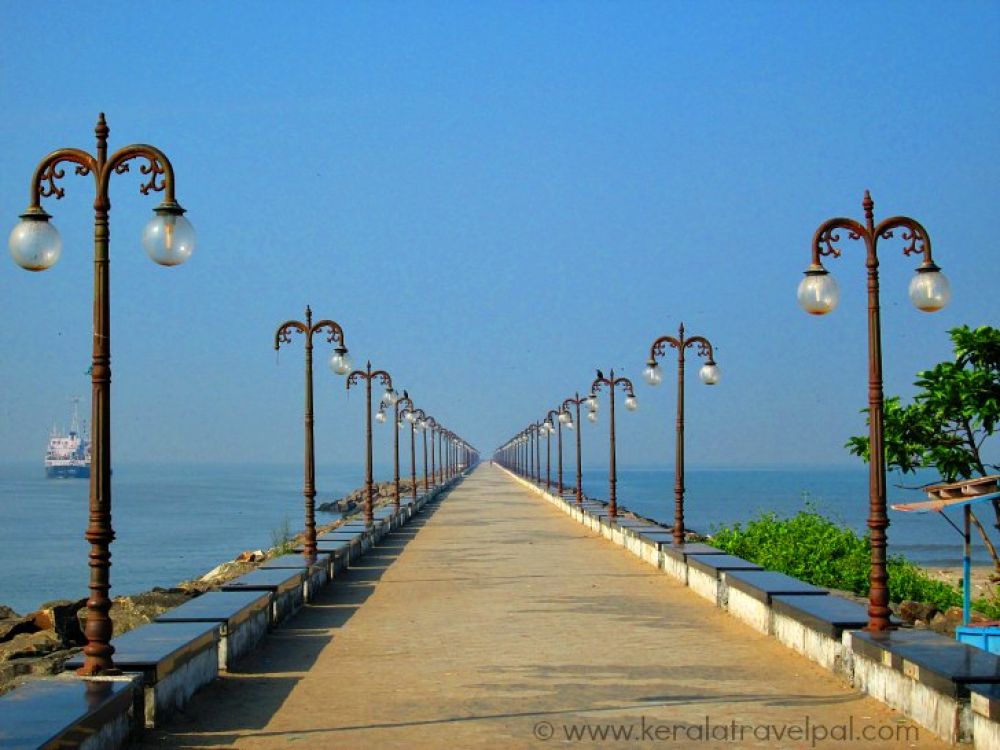

Beypore Beach, situated in the coastal city of Kozhikode (formerly known as Calicut) in Kerala, India, has been a hidden gem for travelers for many years. The history of tourism at Beypore Beach is intrinsically linked to the cultural and economic developments of the region.
The history of Beypore as a tourist spot dates back centuries when it was known more for its role in maritime trade than tourism. Beypore was an important fishing and shipping hub, being one of the prominent ports in Kerala. The ancient maritime history, along with the construction of dhow, traditional wooden fishing boats, attracted a niche set of visitors interested in the craftsmanship and culture of the region.
With the onset of the colonial era, the Malabar Coast saw an influx of European traders and travelers. Alongside trade, the natural beauty of Beypore started drawing the attention of colonial officers and their families looking for leisure destinations. The serene beach, lined with lush coconut palms and the tranquil Chaliyar River, started gaining modest popularity as a quaint retreat.
Following India's independence in 1947, there was a gradual increase in domestic tourism. Keralites, as well as people from neighboring states, began exploring local beaches like Beypore for family outings and short trips. Although tourism wasn't a significant industry during this time, the 1960s and 1970s saw a steady growth in the number of visitors to Beypore, primarily for its peaceful ambiance away from the hustles of city life.
The real turning point for Beypore Beach's tourism came with the Kerala Tourism Department's efforts to promote the state as a top destination beginning in the 1980s. The formulation of the tourism-friendly policies and the inception of the "God's Own Country" campaign significantly boosted the image of Kerala, including Beypore, on the global tourism map.
In recent years, Beypore has become more accessible due to improved infrastructure. The introduction of cultural festivals, beach sports, and the establishment of waterfront parks has made it more attractive to a wider audience. The beach is not only a place to relax but also a site for understanding the maritime history and cultural heritage of the region, with the famous Beypore Uru (dhow-building yard) being a focal point of interest.
Today, Beypore Beach sees a mix of domestic and international tourists. The trend leans towards sustainable and experiential tourism, with visitors seeking authentic local experiences. Homestays, local cuisine sampling, and interactions with the boat-building artisans are high on the list of things tourists now engage in. The growth of digital platforms and social media has also played a role in uncovering this once less-visited beach to a broader, more diverse group of travelers.
Combining the charm of a traditional fishing port with the allure of sandy shores, Beypore Beach continues to evolve as a humble yet captivating tourist destination, deeply woven into the rich tapestry of Kerala's coastal allure.